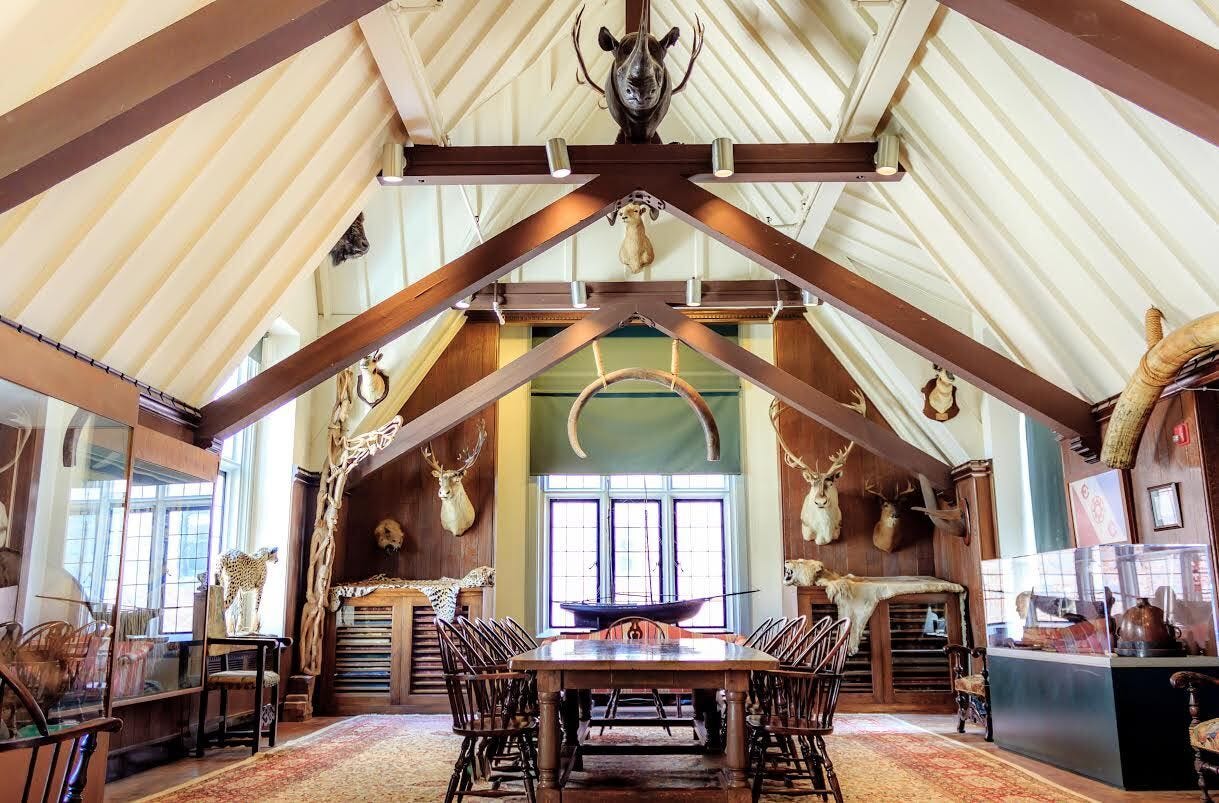The Old Swede: The World Beyond the Gunroom
Sporting history and lifestyle—Bentleys, tweeds, gamekeepers, and timeless field tradition
Off-Road Well
The Bentley Speed Six — Endurance, Elegance & Empire Roads
While not a 4x4 in the modern sense, the Bentley Speed Six remains one of the most iconic long-distance machines of the interwar period—built not for muddy ruts, but for conquering continental distances in silence and style. Introduced in 1928, the Speed Six was W\.O. Bentley’s refined version of brute force: a 6½-litre inline-six paired with deep coachwork by Mulliner or Vanden Plas. It won Le Mans in ’29 and ’30, then became the choice of colonial officers, East African settlers, and upper-class sportsmen for expeditionary travel before paved roads were common.
Many Bentleys of this era saw duty on shooting estates and safari circuits. A 1930 Speed Six once owned by Maharaja Man Singh of Jaipur carried tiger rifles, cased Purdeys, and Champagne in the boot. With ground clearance to clear Kenyan scrub and enough torque to outrun a sandstorm, this was the gentleman’s ultimate grand tourer.
Suggested Read: Bentley: The Vintage Years 1919–1931 — Michael Hay
London Best
Huntsman of Savile Row — Precision, Drape & Sporting Dignity
Founded in 1849 and still reigning at No. 11 Savile Row, Huntsman has long been the tailor of choice for both British aristocrats and Hollywood royalty. Their defining look—a one-button jacket with a high armhole, sculpted waist, and structured shoulder—isn’t just a fashion hallmark; it’s built for action. Edward VIII wore Huntsman tweeds for stalking and court wear. Gregory Peck and Paul Newman brought it stateside.
The Huntsman Field Collection translates that heritage into practical elegance for shooting and country pursuits. The Shooting Coat in Thornproof tweed is cut with the signature silhouette, yet built to flex and swing. Deep bellows pockets, storm tab collars, and action backs show how fieldwear can still respect house style. No waxed canvas or faux vintage—this is the real thing. Tailoring, not branding.
Shop Huntsman Field Collection here
Suggested Read: Bentley: Savile Row: The Master Tailors — James Sherwood
Art & Ephemera
“Deer Stalkers Returning” — In the Collection of The Duke of Northumberland
Few sporting paintings match the quiet grandeur of Deer Stalkers Returning, an early 20th-century Highland landscape housed in the private collection of The Duke of Northumberland at Alnwick Castle. Painted by an unknown but likely School of Landseer hand, the work shows two stalkers—one ghillie, one gentleman—crossing a burn at dusk with the stag slung over a Highland pony.
The sky is grey-washed; the light is nearly gone; the figures are absorbed by the heathered hills. It is not a heroic image but a solemn one—about work, not glory. Historians have suggested the gentleman portrayed may have been a young Percy Herbert, later 6th Duke, known for his conservation interests and innovations in red deer management.
The painting is not on public view but appears in limited-run lithographs and within Duke Ralph’s private library.
Gamekeeper Journal Entry
From the Ledger of an English Gamekeeper, 1911
"Fog at first light. Hens active by nine. The poults held to the margin but ranged wide by midday. Discovered stoat sign near the ash copse; will set traps. Tom’s spaniel worried the birds again—must remind him she’s not to flush during feed round."
So reads one clipped entry from the personal journal of Henry Truscott, headkeeper on a Gloucestershire estate in the Edwardian period. These journals, now archived in the Gamekeeping Trust, offer a vivid portrait of a life lived between dog, gun, and field. Written in pencil and often with weather annotations, they chronicle everything from predation and brood health to beaters’ wages and gentry gossip.
Truscott’s style is terse but observant—dry humor occasionally peeks through, especially regarding guests who missed easy shots. In a time before spreadsheets or apps, these journals were essential estate intelligence.
“Countryman's Journal: An Edwardian Gamekeeper’s Diary”
British Campaign Lore
The Roorkhe Chair — Campaign Furniture for Empire Officers
No safari or colonial field post was complete without a Roorkhe Chair—the folding leather and hardwood campaign chair named (unofficially) for Captain Algernon Roorkhe of the Bombay Lancers. Popular from 1890 to the 1930s, this piece blended portability with gentlemanly comfort. Easily packed onto mules or steamers, it could unfold to provide a seat fit for sketching, commanding, or taking brandy after a day’s sport.
Roorkhe Chairs featured pegged legs, X-frames, brass fittings, and English bridle leather across the back and seat. Originals today are collector’s items, often bearing faint regimental stenciling under the seat. Modern reissues by firms like Expedition Antiques or Co. Jones & Sons offer heritage builds with reclaimed teak and waxed leather.
Shooting Estate or Club Invitation
The Explorers Club — Where Empire & Adventure Still Dine Together
The Explorers Club — Where Empire & Adventure Still Dine Together Founded in 1904, The Explorers Club of New York has hosted a century’s worth of legends: Roosevelt, Amundsen, Shackleton, Lowell Thomas, and more. Its townhouse on East 70th is a cabinet of curiosities—from taxidermied polar bears and Maasai spears to the original boots from the summit of Everest.
What many don’t know: it’s also a gathering place for sportsmen, conservationists, and global guns alike. The Annual Field Dinner, held each autumn, includes wild game dishes from around the world—yak, crocodile, rattlesnake—served to a black-tie crowd beneath expedition flags. Members can book rooms, attend lectures on game preservation, or rub shoulders with Alaskan trappers and African trackers alike.
Learn more about Explorers Club Here





